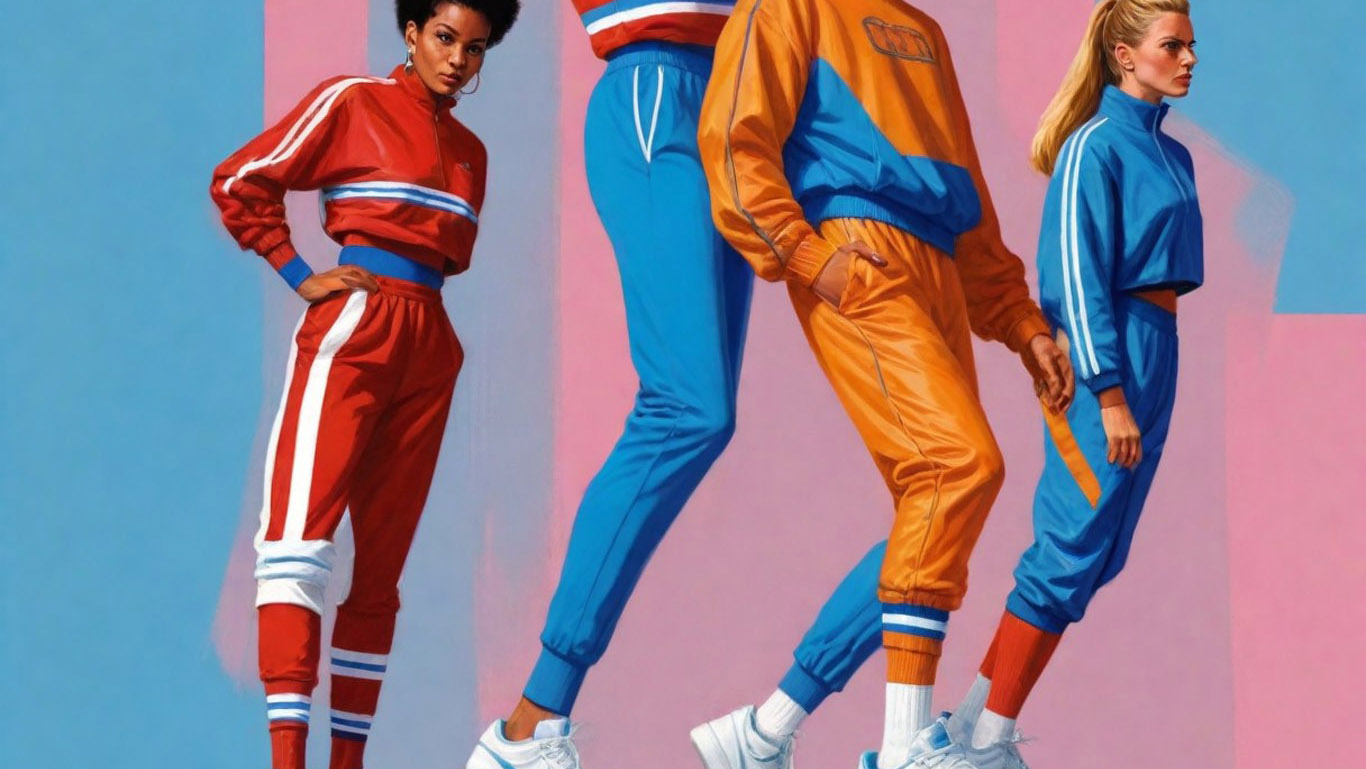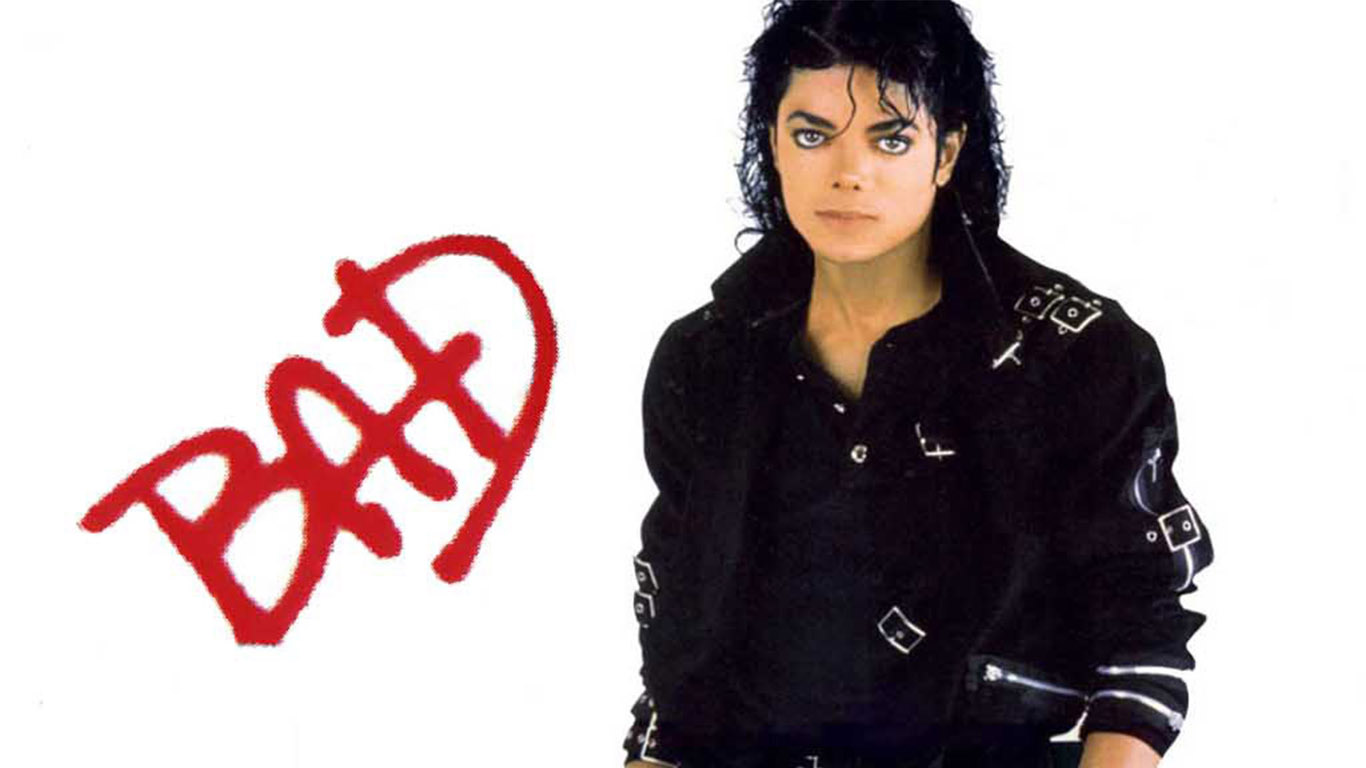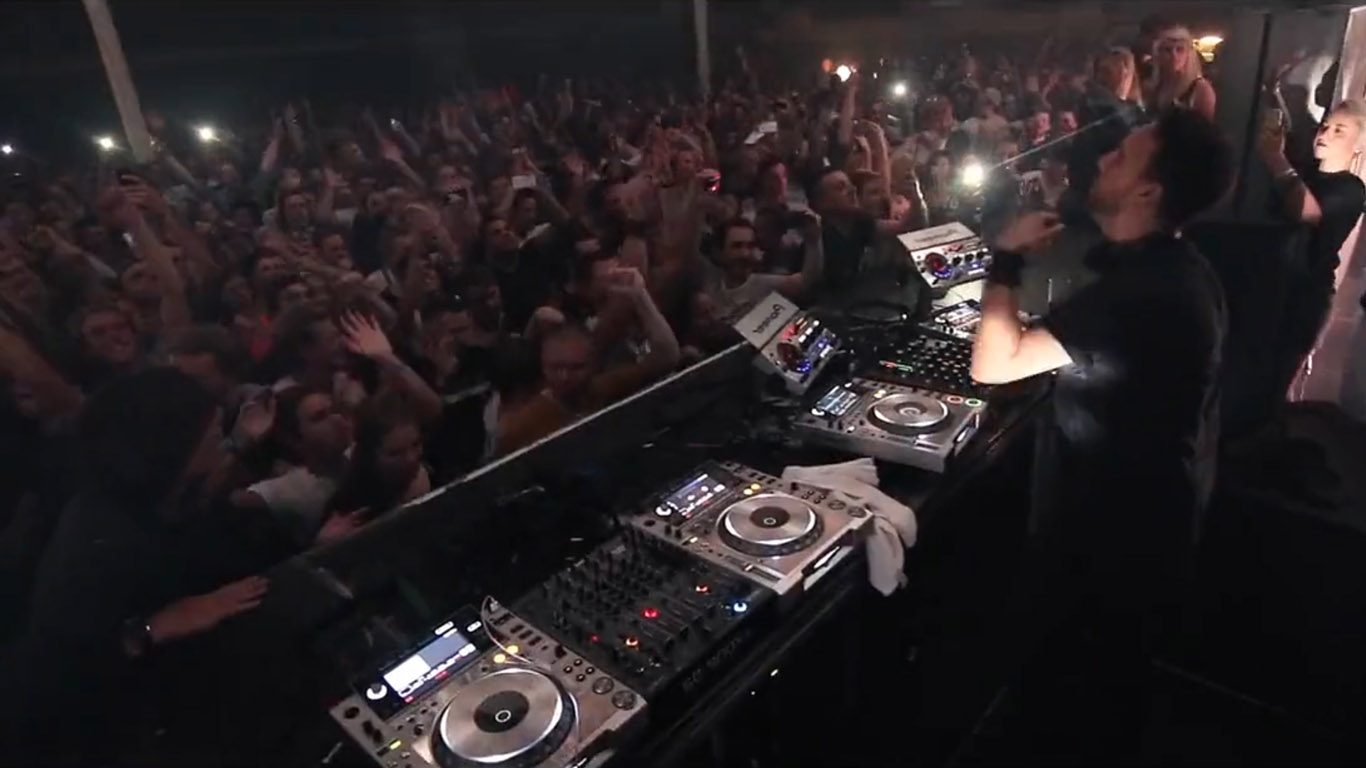The Modern History of Lead Guitar. Part 4: The 1980's




Evolution of Lead Guitar Part 4: the 1980s: Shaping a Decade of Musical Innovation
The 1980's marked a transformative era for lead guitar, where virtuosity, innovation, and experimentation flourished across various music genres. They may have had dubious hairdo's but it was a pivotal period that saw the emergence of iconic guitarists who pushed the boundaries with techniques such as tapping.
At the forefront of this revolution was the rise of guitar heroes such as Eddie Van Halen, whose groundbreaking techniques and distinctive sound revolutionized lead guitar playing. Van Halen's use of two-handed tapping, harmonics, and tremolo techniques set a new standard for virtuosity, inspiring countless guitarists to push their technical limits.
Simultaneously, the 1980s witnessed the explosion of heavy metal and hard rock, with bands like Metallica, Iron Maiden, and Guns N' Roses dominating the airwaves. Lead guitarists in these genres embraced a more aggressive and melodically-driven approach, incorporating lightning-fast solos, intricate riffs, and emotive bends to create anthemic guitar-driven tracks.
Stadium rock also flourished in the UK, no more so than with Queen and Freddie Mercury.
Smooth Jazz
It’s easy to think the lead guitar metaverse is exclusively rock oriented. In the 80’s all the session guys who used to play with Steely Dan, had a renaissance with solo careers, often collaborating with each other, playing a new variation on jazz that was mostly instrumental, highly melodic, and very popular.
This group of guitarists were paying the bills in the easy listening space.
Having the J word in any genre is probably the kiss of death but some really good, largely American, guitarists rode this wave.
In the realm of progressive rock and metal, virtuoso guitarists like Steve Vai, Joe Satriani, and Yngwie Malmsteen emerged as pioneers of shred guitar, showcasing unparalleled speed, precision, and creativity. Their instrumental prowess pushed the boundaries of what was possible on the guitar, elevating the instrument to new heights of technical proficiency.
Fusion was still going strong and produced some great guitarists…
And of course, the muti talented legendary Jazz guitarist George Benson was at his peak. His trademark scat, playing unison octaves puts him in the top 20 all time guitarists.
The Rock and R&B Crossover
Producer Quincy Jones knew a good solo could take an R&B track into the largely white rock market. None more so than on the Jackson track “Beat It” where Eddie Van Halen did such a good job he refused to take a fee for it!
The 1980s also saw the integration of guitar synthesizers and effects pedals, allowing lead guitarists to explore a vast sonic palette and create otherworldly sounds. Artists like The Edge from U2 and Andy Summers from The Police utilized these technologies to craft atmospheric textures and ambient landscapes, expanding the sonic possibilities of the guitar.
Furthermore, the emergence of MTV and the music video revolution provided a platform for lead guitarists to showcase their skills on a global scale. Iconic videos featuring memorable guitar solos, like Mark Knopfler on Dire Straits' "Money for Nothing" and Prince's "Purple Rain," propelled lead guitarists into the spotlight and cemented their status as cultural icons.
MTV initially was a Rock channel. Then crossover provided a new opportunity for lead guitarists. Quincy Jones produced some Michael Jackson albums that drew in some great Lead Guitar talent.
No one guitarist summed up the sound of early-Eighties L.A. better than Steve Lukather. He played the 'other riff' on 'Beat it'. A founding member of Toto, he was one of the city’s most sought-after session guitarists, thanks both to his flawless technique and a stylistic agility that found him equally at home with sophisti-funk rhythm licks and screaming, arena-rock leads. Lukather is the only member of Toto to have remained through every breakup and reunion. He played on three straight years of Grammy Album of the Year nominees: Quincy Jones’ The Dude in 1982, Toto IV in 1983, and Michael Jackson’s Thriller in 1984 (the second and third won). He said..
It was happening big-time back then. The last great era of the ‘session guy’ scene.
Conclusion
In conclusion, the 1980s produced some great lead guitar solos, characterized by innovation, experimentation, and unparalleled virtuosity. From the stadium-rock anthems of Van Halen to the shred guitar wizardry of Steve Vai, the decade witnessed a diverse range of styles and influences that continue to shape the world of lead guitar to this day.
NEXT >> Part 5 the 1990's
